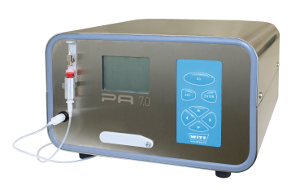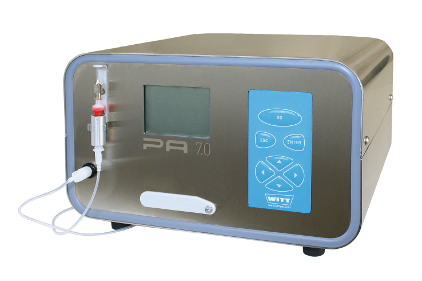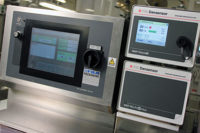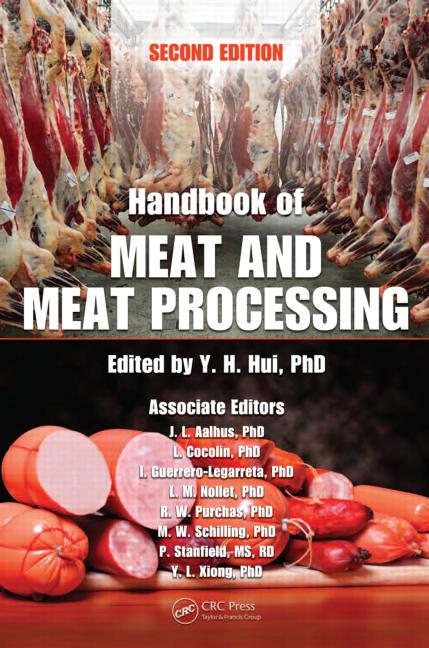To simplify the work of quality control staff in companies with gas plants, WITT has updated its range of analyzers. With the PA 7.0 there is now a completely redesigned instrument on the market for measuring the concentration of oxygen and carbon dioxide.
The new PA 7.0 has many applications for use in the food industry, for head space analysis or for any process requiring critical limits of oxygen and CO2. One of the unique features of the new analyzer is that it can do two jobs at the same time. In addition to continuous in-line gas mix monitoring, a random sample can be taken with a sampling needle, such as for checking food packages in a protected atmosphere. This double functionality makes the PA 7.0 the benchmark instrument in its class.
A further advantage is its very low measuring gas requirement. In practice, depending on the application, WITT states that as little as about 3 ml of gas is sufficient for a reliable analysis. The measuring cells (chemical, zirconium and infrared) work from 0-100 percent.
Featuring all the capabilities of the series 6  predecessor, the improved PA 7.0 includes a redesigned hygienic stainless steel housing, ideally suited to meet the demands of industrial applications. The USB connection and SD card slot for data transmission and updates are easily accessible on the front. For communication with other instruments and optimum integration in existing systems, sufficient connections are available (digital inputs/outputs, 24 V inputs/outputs and relays).
predecessor, the improved PA 7.0 includes a redesigned hygienic stainless steel housing, ideally suited to meet the demands of industrial applications. The USB connection and SD card slot for data transmission and updates are easily accessible on the front. For communication with other instruments and optimum integration in existing systems, sufficient connections are available (digital inputs/outputs, 24 V inputs/outputs and relays).
The PA 7.0 has further features which make it an indispensable quality-assurance instrument. If an individually set limit value is reached, the PA will raise the alarm or trip a volt-free contact, for example, to interrupt a supply of gas.
By means of modern electronics and pressure transmitters, the flow is continuously monitored, and the pump capacity is varied to meet the required demand. The PA 7.0 even detects a needle blockage and signals an alarm.
Measurement results can be assigned according to user and product, and a data memory stores the 500 most recent measurements. Using data export and the purpose-designed OBCC software, the user can document all measurement results in digital form.
The gas analyzer needs little maintenance and can be calibrated with a simple two-point procedure.
With its small dimensions and light weight, space can be found for the compact upright appliance in all places where work is carried out with gas mixtures. An optional carrying handle makes its mobile use easy and also doubles as a stand for ideal positioning.






